Introduction
Steamed buns, a staple in Chinese cuisine, are soft, fluffy, and versatile. They can be enjoyed plain, filled with sweet or savory ingredients, or used as a base for various dishes. One of the key ingredients in achieving the perfect texture for steamed buns is yeast, and among the most popular brands for this purpose is Angel Yeast. This article will guide you through the process of making steamed buns using Angel Yeast, from preparing the dough to steaming the final product. We’ll cover everything you need to know, including tips and tricks to ensure your steamed buns are a success.
Understanding Angel Yeast
Before diving into the recipe, it’s essential to understand what Angel Yeast is and why it’s a great choice for baking. Angel Yeast is a high-activity, instant dry yeast that is widely used in baking and bread-making. It’s known for its ability to produce a rapid and reliable rise in dough, making it an excellent choice for home bakers and professional chefs alike.
Angel Yeast is instant, meaning it doesn’t require proofing in water before use. This simplifies the baking process and saves time. It’s also highly stable, with a long shelf life, making it a convenient option to keep on hand for whenever you need to bake.
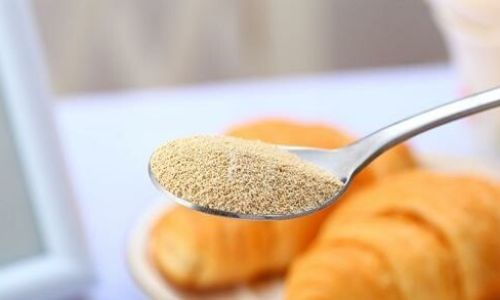
Ingredients and Equipment
Before starting, gather all the necessary ingredients and equipment. Here’s what you’ll need:
Ingredients:
- 1 packet (7g) of Angel Yeast
- 4 cups (500g) of all-purpose flour (you may need more or less depending on the dough’s consistency)
- 1/4 cup (60ml) of granulated sugar (optional, for a sweeter taste and to feed the yeast)
- 1 teaspoon (5ml) of salt
- 1 1/2 cups (360ml) of lukewarm water (around 105°F or 40°C)
- 2 tablespoons (30ml) of vegetable oil or melted unsalted butter (for a softer dough)
Equipment:
- Mixing bowls
- Measuring cups and spoons
- Dough hook or wooden spoon for mixing
- Clean kitchen towel or plastic wrap
- Steamer or a large pot with a steaming rack
- Bamboo steamer baskets or heatproof bowls lined with parchment paper
- Cooling rack
Step-by-Step Guide to Making Steamed Buns
Activate the Yeast
Begin by activating the yeast. In a small bowl, combine 1/4 cup (60ml) of the lukewarm water with the sugar (if using). Sprinkle the packet of Angel Yeast over the water and let it sit for about 5 minutes. The yeast should start to foam and bubble, indicating that it’s active and ready to use. If the yeast doesn’t foam, it may be expired or the water was too hot or too cold. Start with fresh yeast and try again.
Prepare the Dough
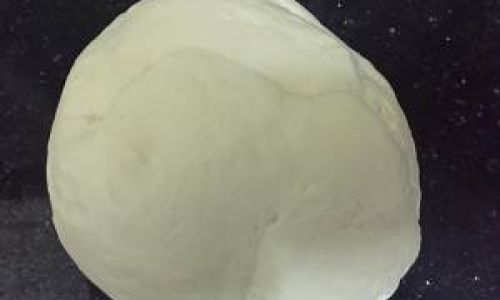
In a large mixing bowl, combine the flour and salt. Make a well in the center and pour in the activated yeast mixture, along with the remaining lukewarm water and vegetable oil or melted butter. Using a dough hook or wooden spoon, mix the ingredients together until they form a shaggy dough.
Turn the dough out onto a lightly floured surface and knead for about 8-10 minutes, until it becomes smooth and elastic. If the dough is too sticky, add a little more flour, a tablespoon at a time. If it’s too dry, add a teaspoon of water.
First Rise
Place the kneaded dough back into the mixing bowl, cover it with a clean kitchen towel or plastic wrap, and let it rise in a warm, draft-free place for about 1-2 hours, or until it has doubled in size. You can create a warm environment by placing the bowl on top of a preheated oven (turned off) or near a sunny window.
Shape the Dough
Once the dough has risen, punch it down to release any air bubbles. Transfer it to a lightly floured surface and divide it into equal portions, depending on the size of the steamed buns you want. Each portion should be about 2-3 ounces (57-85g) for standard-sized buns.
Shape each portion into a smooth ball by cupping your hand around it and gently rotating it on the work surface. If you’re making filled buns, flatten the dough ball slightly, place the filling in the center, and then seal the dough around the filling, pinching it closed to ensure no filling leaks out.
Second Rise
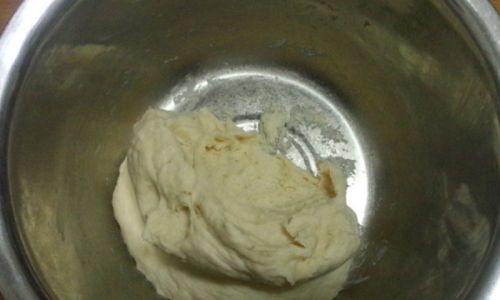
Place the shaped dough balls on a lightly floured surface, spacing them apart to allow for expansion. Cover them with a clean kitchen towel or plastic wrap and let them rise again for about 30-45 minutes, or until they have puffed up and look slightly lighter in color.
Prepare the Steamer
While the dough is undergoing its second rise, prepare your steamer. If you’re using a bamboo steamer, make sure the baskets are lined with parchment paper or lightly oiled to prevent sticking. Fill the bottom of the steamer with water and bring it to a boil over high heat.
Steam the Buns
Once the dough balls have risen, carefully place them in the steamer baskets, spacing them apart to avoid overcrowding. If you’re using a large pot with a steaming rack, you can line the rack with parchment paper or use heatproof bowls.
Cover the steamer and reduce the heat to medium-high. Steam the buns for about 12-15 minutes, or until they are cooked through and have a soft, fluffy texture. You can check for doneness by inserting a toothpick into the center of a bun; it should come out clean.
Cool and Serve
Carefully remove the steamed buns from the steamer and place them on a cooling rack to cool slightly. This will help them set and prevent them from becoming soggy.

Your steamed buns are now ready to serve. Enjoy them plain, with a spread of butter or jam, or filled with your favorite savory or sweet ingredients.
Troubleshooting and Tips
- Yeast Not Rising: Ensure the water used to activate the yeast is lukewarm (around 105°F or 40°C). Too hot will kill the yeast, and too cold will slow its activity.
- Sticky Dough: If the dough is too sticky, add a little more flour, a tablespoon at a time, until it reaches the desired consistency.
- Dry Dough: If the dough is too dry, add a teaspoon of water and knead until combined.
- Uneven Rising: Make sure the dough balls are spaced apart during the second rise to allow for even expansion.
- Preventing Sticking: Line your steamer baskets with parchment paper or lightly oil them to prevent the buns from sticking.
- Storage: Store leftover steamed buns in an airtight container at room temperature for up to 2 days. They can also be frozen for longer storage. To reheat, steam or microwave until warm.
Conclusion
Making steamed buns with Angel Yeast is a rewarding experience that yields delicious, fluffy results. By following the steps outlined in this guide, you’ll be able to create perfect steamed buns that are sure to impress your family and friends. Whether you enjoy them plain or filled with your favorite ingredients, these buns are a versatile and delicious addition to any meal. Happy baking!
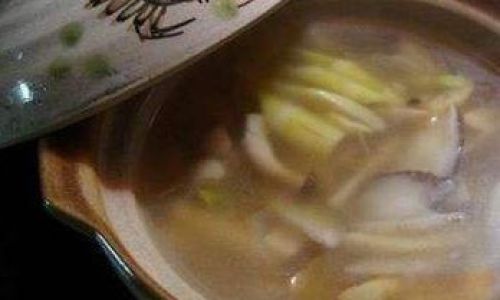

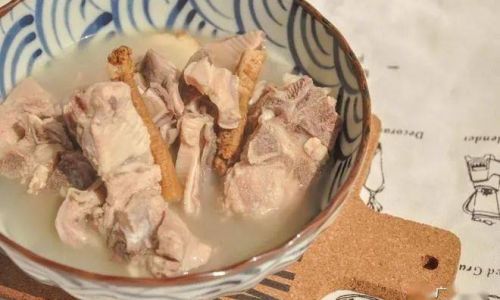



0 comments